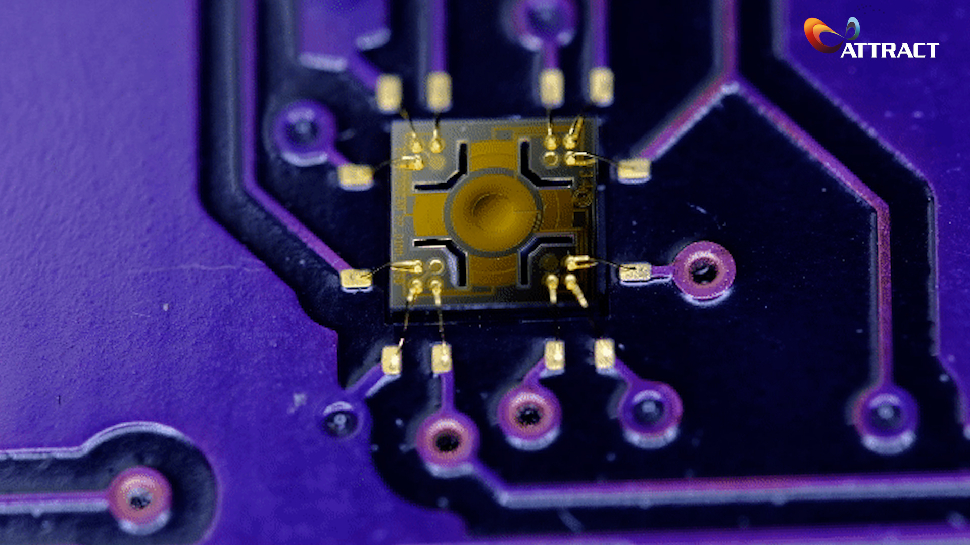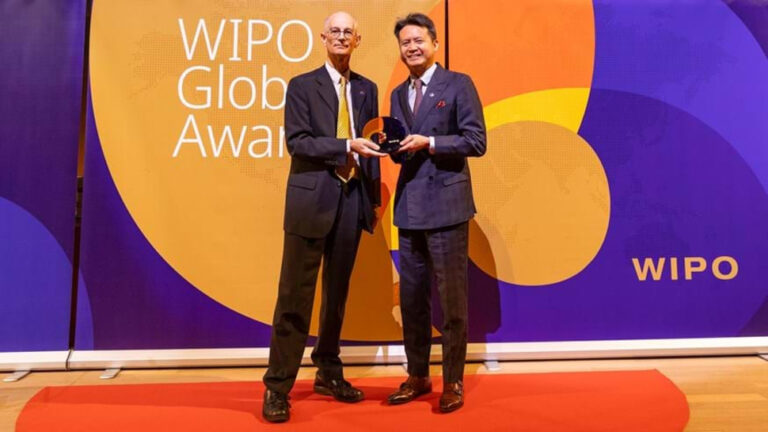The current process of cancer detection in tissue samples presents significant challenges and consumes valuable time and resources. After tissue samples are taken from the patient, they need to be carefully prepared for examination under the microscope. And this can take some time. As an answer to these challenges, MetaHiLight has arisen which seeks to develop a compact and robust system to improve cancer diagnostics.
MetaHiLight is a project with a revolutionary approach to cancer diagnostics, that harnesses the invisible properties of light to extract information from tissue samples that we don’t see with human eyes and combine it with artificial intelligence. By integrating nano-patterned surfaces into microchips, the project aims to reshape optical technologies, facilitating the creation of compact, portable devices for rapid and accurate cancer diagnosis.
This project is coordinated by SINTEF, in partnership with Oulu University and the University of Southern Denmark. Get to know more about it in this interview featuring Christopher Dirdal, coordinator of MetaHiLight.
What is your personal and career journey so far?
My background started as a master’s within Nano Technologies an interdisciplinary study at the Norwegian University of Science and Technology. This gave me an interest in nano-optics, and I did a PhD in metamaterials, I started working thereafter as a researcher in SINTEF and I’m now a group leader in Micro Optics.
What is the project about? And which partners are involved?
Together with university partners from the University of Southern Denmark and Oulu University in Northern Finland, we are working on breakthrough optical components that can revolutionize the way we do cancer diagnostics. We are going to use invisible properties of light, what is known as polarization states, to extract information from tissue samples that we don’t see with human eyes. We do this with a chip-based technology that can be miniaturized and produced in large volumes, offering unprecedented control and information at a low cost.
What challenges have you faced so far?
Our technology relies on integrating nano-pattern surfaces into microchips that can be actuated and moved mechanically. This is hard enough to do just to make one device, but we want to do it in such a way that it can be mass-produced, and this is very challenging. The nanopatterns that we have are so small, that they’re a hundred to a thousand times smaller than the thickness of a human hair. But so far, we’ve had successful outcomes of what we’ve tried. And it’ll be very interesting to see where the project goes from here and onwards.
How would you explain the potential implications of this breakthrough to a non-scientific audience?
Imagine you are by your doctor, and you’ve decided to take a tissue sample to see if there’s cancer present or not. How long would you be willing to wait? The current procedure takes time. It can go a week, maybe several weeks before you get an answer. And this is an incredibly long time. Our technology aims to radically speed up the process and provide those who examine the tissue with more information to make a more accurate diagnosis in a shorter time, which is very important for recovery.
How do you think society will benefit from this project?
Today, optical technologies are some of the most powerful technologies we have to sense the environment around us, or take medical imaging, or take imaging from satellites. The problem with optics is that it’s usually very big, heavy and expensive systems. By integrating them onto a microchip, we can start to see some of the same enabling things that we’ve seen with electronics over the last 50 years. Imagine having optics in a drone, taking pictures of surfaces, having optics inside of your body, and helping to analyze your health. There are many interesting applications in society once we manage to make optics small enough, cheap enough, and light enough.
For more information
Visit the MetaHiLight project site.


